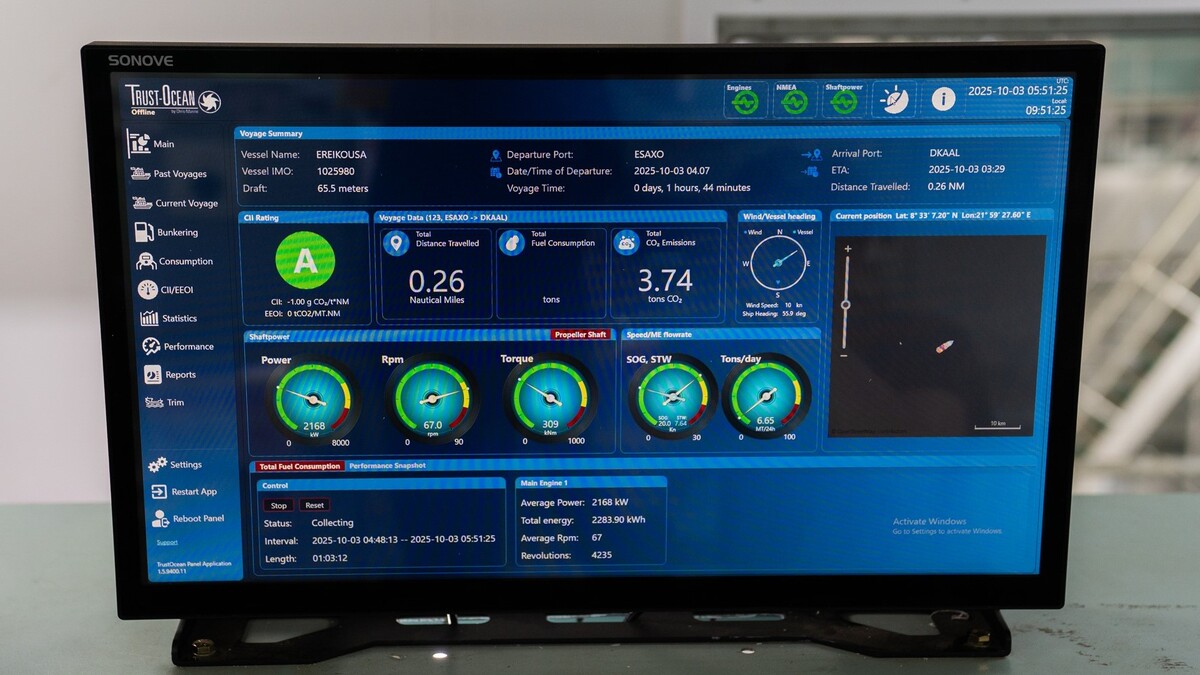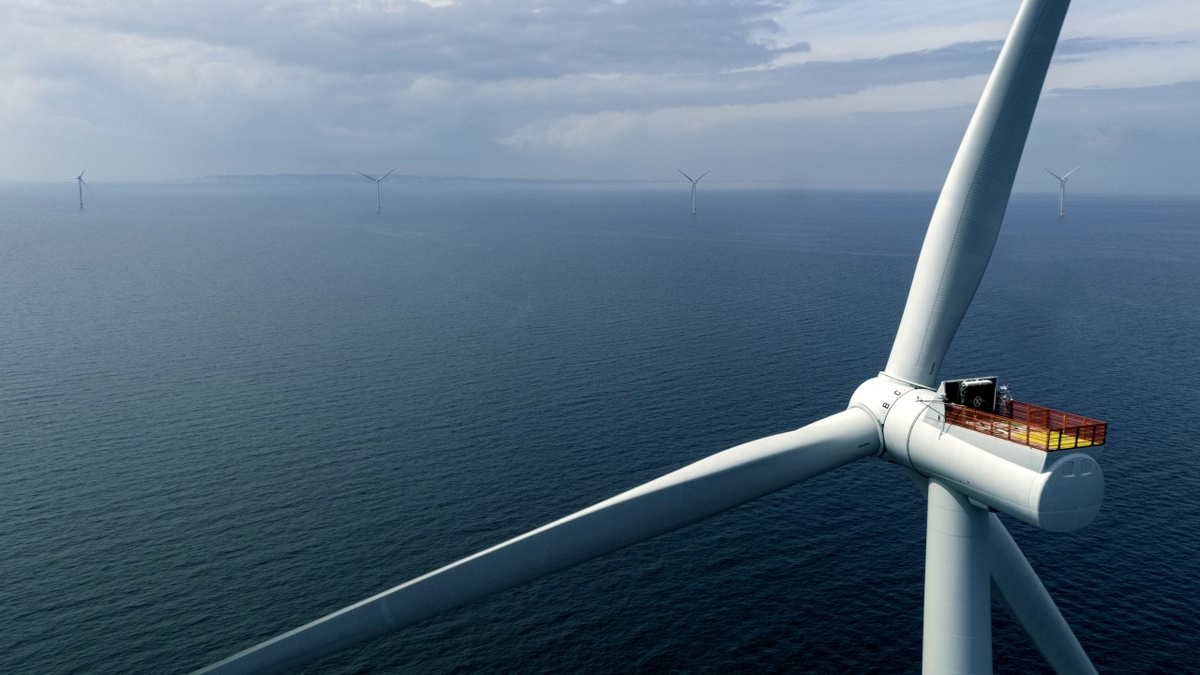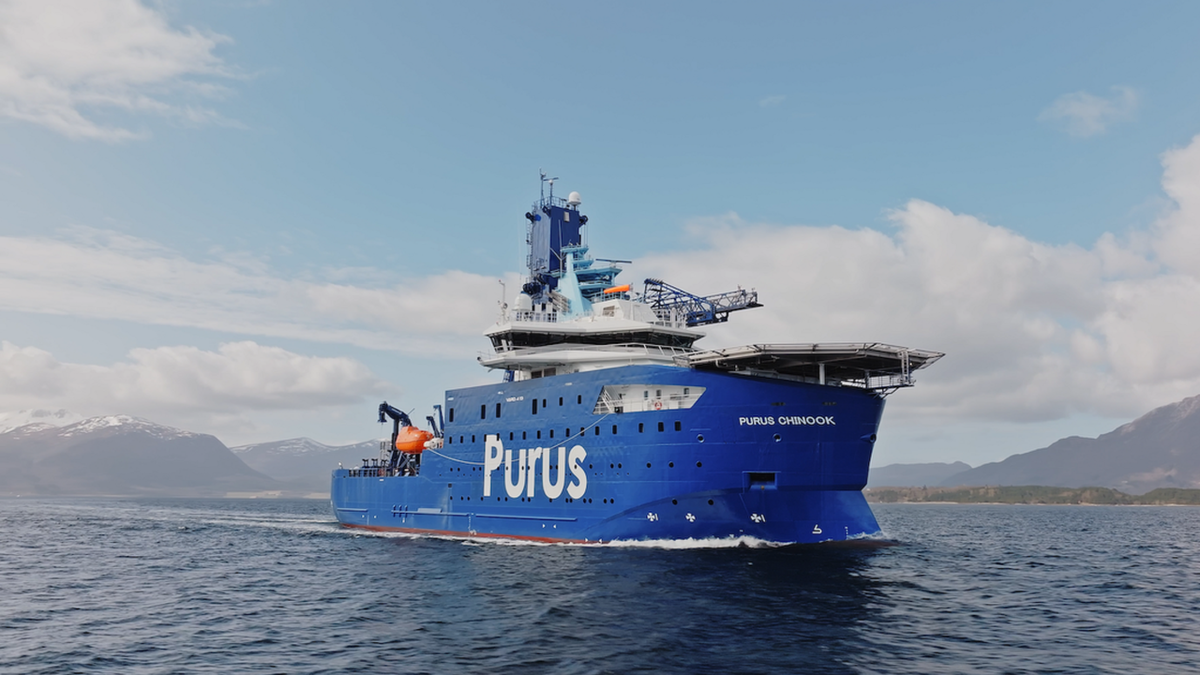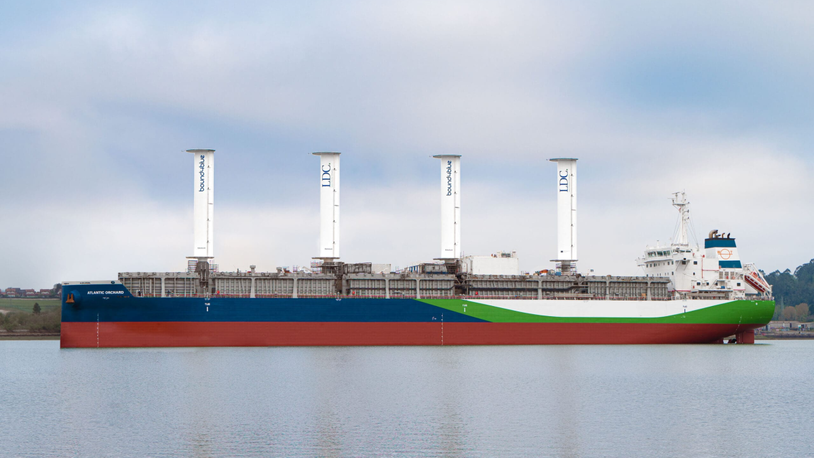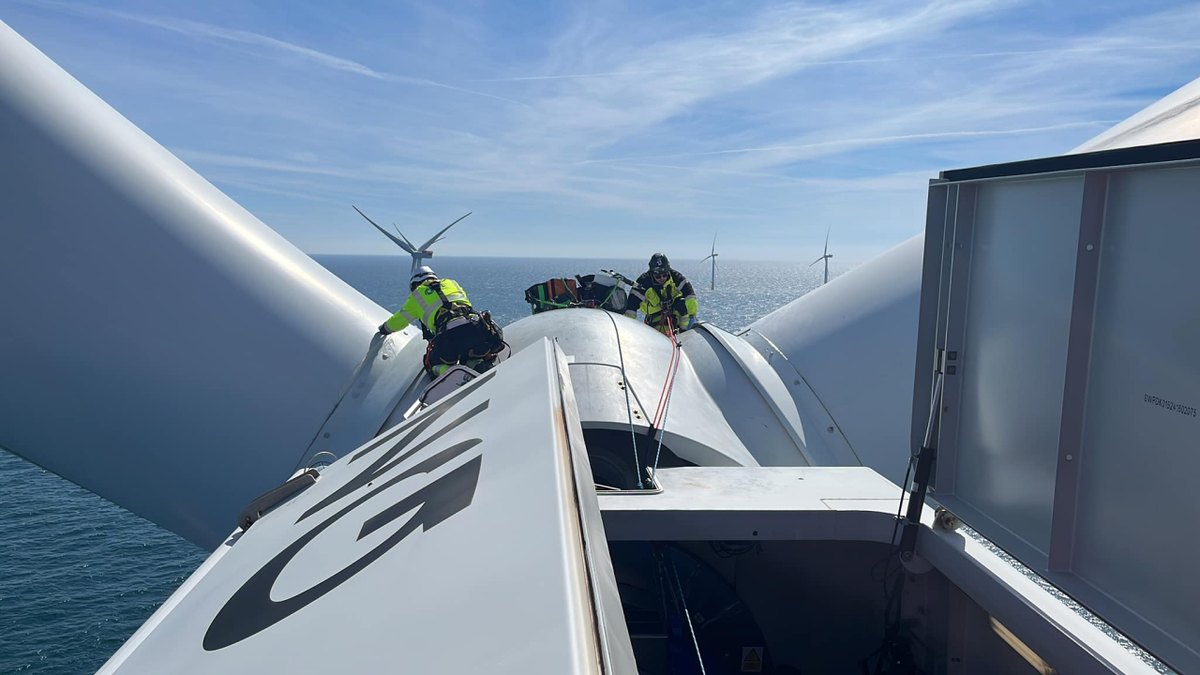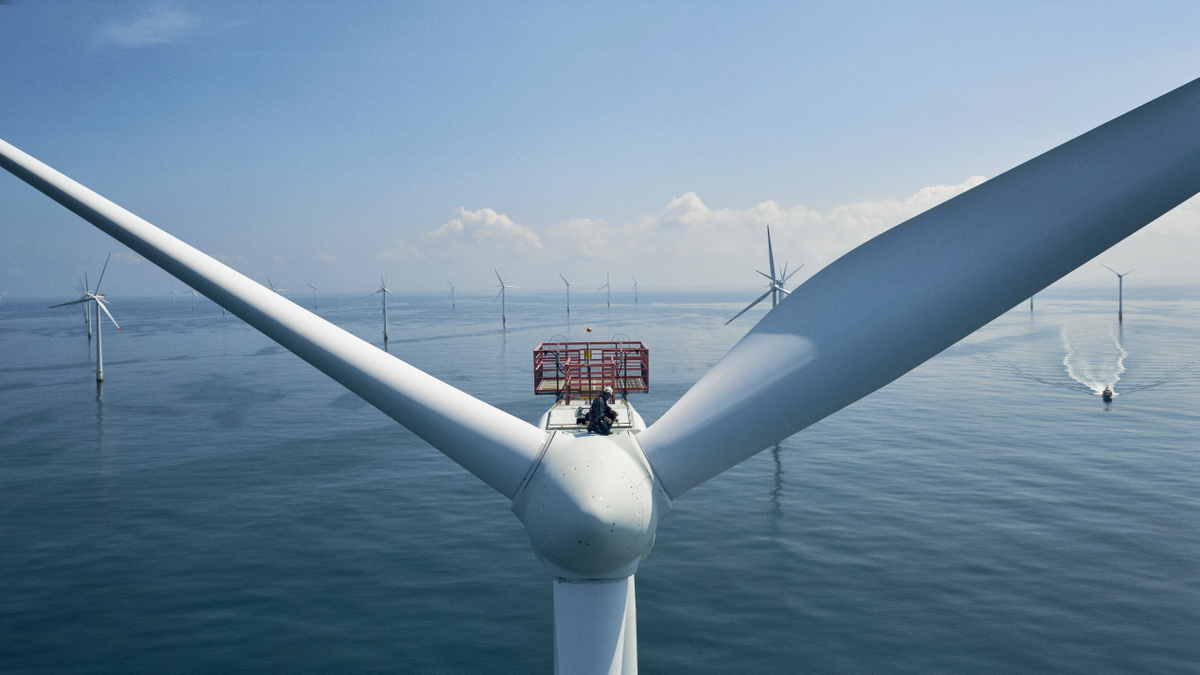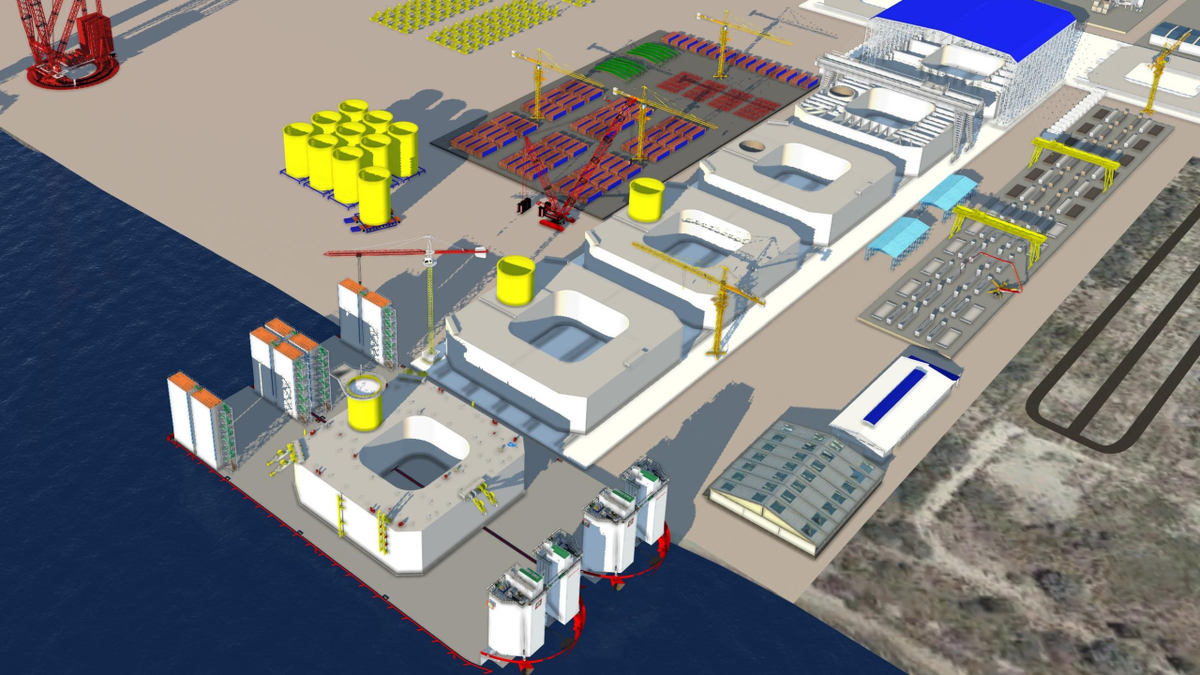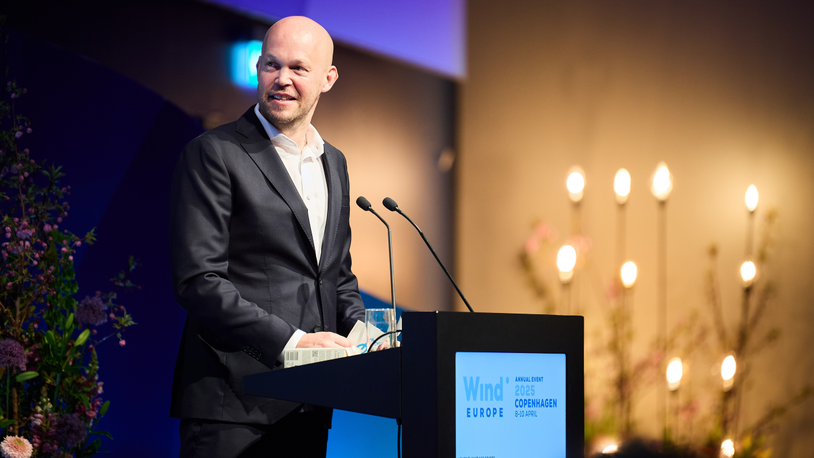Business Sectors
Contents
EU doubles down on offshore wind with plan for tripartite contracts
Despite recent setbacks, European governments want to accelerate the buildout of offshore wind, and see tripartite contracts as one way to do so
The concept – contracts between three parties, that is renewable energy developers, industrial off-takers and governments – could help Europe’s drive to electrify its economy and enhance industrial competitiveness, and was discussed at an informal meeting of EU energy ministers on 4 September 2025.
Tripartite concepts would see industrial consumers commit to buy a certain amount of renewable electricity at an agreed price. They might also agree to invest in electrifying their production processes. Renewable energy developers would commit to building new windfarms to generate that electricity. Governments – or public financial institutions – would provide regulatory certainties and financial incentives to underpin these agreements.
WindEurope said it believes tripartite contracts for offshore wind could help the sector, which has been facing significant headwinds. It said government action “can help nail the business case and deliver the necessary volumes,” and said the key to enabling this is for European governments to agree a New Deal for Offshore Wind at the Heads of Government summit in Hamburg in January 2026.
EU Energy Ministers launched the concept of tripartite contracts to help Europe’s industry electrify with clean energy at the 4 September meeting. The EU wants the first tripartite contracts to focus on offshore wind and grids.
“It’s good they’re focusing on offshore wind,” said WindEurope. “It can play a major role in the electrification of industry. Many large industrial companies are already signing power purchase agreements with offshore windfarms. Government support to help unlock such investments – which is what tripartite contracts envisage – is essential to deliver the volumes needed, both of new offshore windfarms and investment in industry electrification.
“And government support is needed on many fronts. To simplify the permitting of new windfarms and factories. To accelerate the build-out of the power grids needed for electrification. And to strengthen the business case for investing in new wind and in cleaner, more electric, industrial processes.”
WindEurope said a key element of this business case is clear visibility from governments on the volumes of new wind they want and when they’re going to auction them. And certainty from governments that volumes are going to be big enough.
To that end the offshore wind industry is calling for a New Deal on offshore wind that would see governments commit to build 15 GW a year of new offshore wind from 2031 to 2040. On the back of that, the industry would commit to reduce costs by 30%. “The North Seas Heads of Government Summit in Hamburg in January 2026 is the perfect moment to agree on that New Deal,” WindEurope said.
“This deal is essential to get offshore wind back on track to deliver the big expectations governments are making of it, growing from 37 GW today to over 300 GW. And the New Deal will help fulfil the strong underlying economic rationale for more offshore wind – it’s cheap and stable for energy consumers, and it creates jobs and growth.”
Despite recent problems such as projects being postponed because revenues don’t cover the costs, delays because the grid isn’t ready, some auctions being under-subscribed or failing, and some auctions being delayed or scaled back, WindEurope said lots of good things are happening in offshore wind. These include the fact that investments are up this year and six new projects have taken final investment decisions.
Governments are also auctioning more offshore wind than ever, and improving auction design. Europe’s offshore wind supply chain is growing, and thanks to support in the EU Wind Power Action Plan of 2023, the industry is investing in new factories.
“Governments are clear that offshore wind is win-win economically and for energy security and that they want much more of it. The very fact that Heads of Government dedicate entire summits to it, like in Hamburg in January, says it all,” WindEurope concluded. “And energy-consuming industry want it too.
“The current project pipeline and auction schedules should get Europe from 37 GW to 80 GW of offshore wind by 2030. With a comprehensive New Deal for offshore wind – and the right action on permitting, grids, electrification and auction design – we can be confident Europe will deliver the much more ambitious targets it’s set itself beyond that.”
Riviera’s next Offshore Wind Webinar Week will be held 22-26 September. Use this link for more information and to register for these webinars.
Related to this Story
Events
International Bulk Shipping Conference 2025
Tankers 2030 Conference
Maritime Navigation Innovation Webinar Week
© 2024 Riviera Maritime Media Ltd.

